A ‘GOD-LIKE’ alien civilisation has been discovered deep in the cosmos, according to an extraterrestrial hunter.
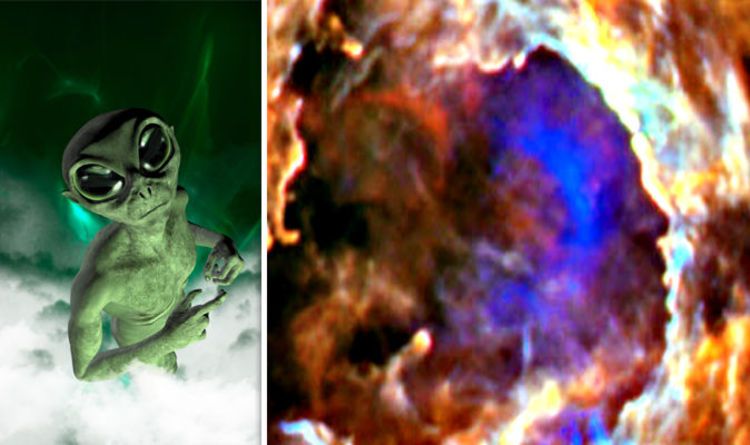

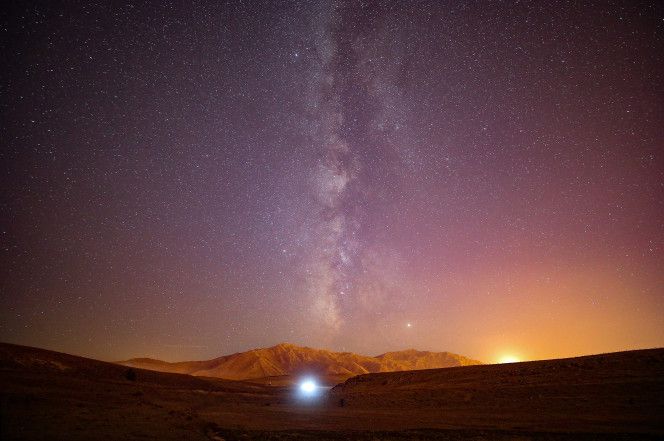
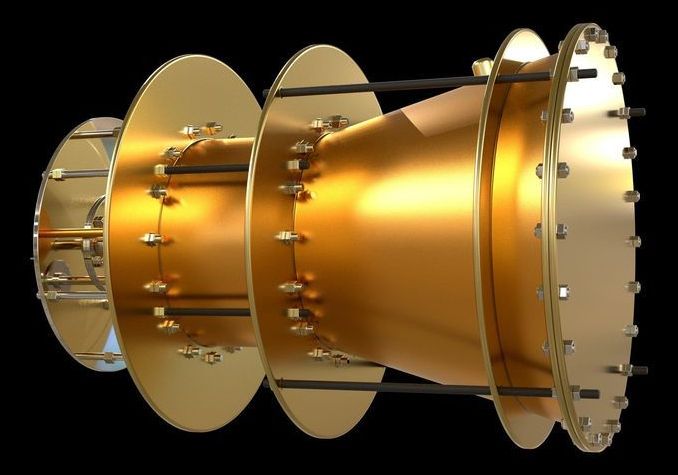
This does work it essentially is a very powerful microwave oven but it uses the exotic transfer of energy to propel an object. Plasma-based fusion reactors could power it indefinitely as well essentially it just be able to float out of the atmosphere. When it comes to more euclidean geometry or even like curl-free quantum mechanics for essentially space warping I think you could make warp drive with less energy just essentially slip through the ocean of space that is how black holes do it but they do it with gravity wells. I think if a genetic material could do similar things that are how essentially extraterrestrials do it as well it is more just a simple understanding of physics essentially. If the fabled q continuum exists it be essentially the realm of aliens because essentially it allows for travel through the universe without a ship. In fictional stories nightcrawler, a teleporting being was rumored. I think teleportation does exist as it is a qutrit but it is hard understanding travel instantaneously although I think some agencies rumor about it. If we can essentially teleport a photon we can teleport a human being even without a ship it would just require exotic physics and advanced biology. Essentially a portal gun from the Higgs boson could essentially make a physical transfer from one part to another part but it is hard to keep such things stable also there is a problem possibly of radiation you would probably need a suit to travel through a portal. Essentially it could work it just essentially be a wormhole from one point to another point but making that on the skin is essentially too hard unless you understand the properties of wormhole travel better by spaceship it would be easier. Essentially if you knew the physical space-time point by scanning an area you could essentially make a wormhole to that point and travel there. But doing that with genetics is harder as you need exotic properties or a better understanding of essentially of slipping through one place and coming out another.
Scientists have debated for decades whether the propulsion concept known as EmDrive is real or wishful thinking. A sensitive new tool may at last provide an answer.

Are we alone in the universe? It comes down to whether intelligence is a probable outcome of natural selection, or an improbable fluke. By definition, probable events occur frequently, improbable events occur rarely—or once. Our evolutionary history shows that many key adaptations—not just intelligence, but complex animals, complex cells, photosynthesis, and life itself—were unique, one-off events, and therefore highly improbable. Our evolution may have been like winning the lottery … only far less likely.
The universe is astonishingly vast. The Milky Way has more than 100 billion stars, and there are over a trillion galaxies in the visible universe, the tiny fraction of the universe we can see. Even if habitable worlds are rare, their sheer number—there are as many planets as stars, maybe more—suggests lots of life is out there. So where is everyone? This is the Fermi paradox. The universe is large, and old, with time and room for intelligence to evolve, but there’s no evidence of it.
Could intelligence simply be unlikely to evolve? Unfortunately, we can’t study extraterrestrial life to answer this question. But we can study some 4.5 billion years of Earth’s history, looking at where evolution repeats itself, or doesn’t.

Exactly one century ago, on an evening in 1918, renowned physicist Albert Einstein wrote down an idea in the pages of his notebook. That idea could be the key to solving one of the grandest and most elusive mysteries in all of physics: that of dark matter and dark energy. Together they make up over 95% of the universe, working invisibly to envelop galaxies and at once continuing to expand our universe at an accelerating rate, driving us away from nearby star systems and into a future with great divides.
The idea Einstein wrote about was an adjustment to general relativity where empty space would become negative mass moving under the influence of gravity. These negative masses would populate interstellar space. But this idea emerged as a way to explain the cosmological constant — or what Einstein referred to as his life’s greatest mistake. At the time when the cosmological constant was created, it was a widely accepted belief that the universe was static. That is, it was neither expanding nor contracting. But if this was true then something had to be countering gravity to prevent the universe from collapsing in on itself. Thus the cosmological constant with antigravity properties was born.
Today we understand the universe is not static and that it continues to expand, and so the cosmological constant has taken on a new meaning. It represents dark energy within the Lambda CDM, our current and most accepted model of the universe. The newest theory on dark matter and dark energy does not contradict the standard model and instead builds off of the note Einstein made to himself all those years ago.
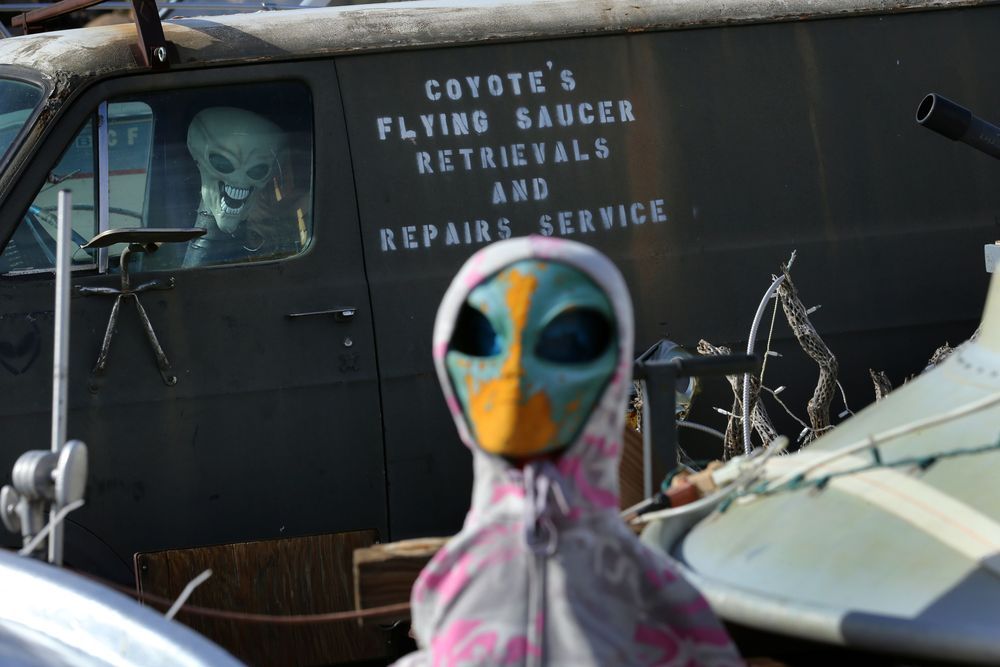
Alien life is behind the mysteries of the universe, according to a radical new theory.
Ancient non-human lifeforms morphed into the physical world and are the driving force behind mind-boggling quantum physics and phenomena like dark matter, according to a Columbia University astrophysicist.
The expert says our universe is the remains of intelligent alien life which controls all aspects of the physical world — from gravity to the speed of light.
The question asked in the title of this post is one I have been pondering for the most part of a decade now, ever since I saw the image, shown in Figure 1, of the galaxy PGC54559 (popularly known as Hoag’s Object) in 2010, following several months of thinking about what Kardashev Type III civilisations might look like.
I had seen it before, of course, as it is one of the most striking of the many superlatively beautiful and photogenic images that the Hubble Space Telescope has made available to humanity as part of its astounding legacy. But when I saw it again on NASA’s Astronomy Picture of the Day on that day in late August 2010, I saw it in a quite different context – one prompted by having thought deeply for some months about what galaxy-scale macro-engineering might look like. And so, picture it: that idea, coupled with that image, and you can see, I hope, how the question asked in this post’s title would come immediately and insistently to mind (at least, for me!). As I thought about it even more for a few weeks, I even ended up tweeting about it – so strongly had the idea installed itself into my head! – https://twitter.com/JosephVoros/status/26173613969 (see Figure 2).
In fact, there were five tweets in all (first, second, third, fourth:shown here, fifth) which, fortunately, were so far in the distant past of the tweet-stream that when I decided to delete thousands of tweets as a precursor to getting off social media entirely a couple of years ago (well, it worked, for a while…), they were no longer easily accessible, and so survived the bulk-cull. Thus, luckily, they still exist as an historical record of what was at the time an hysterical time of intense SETI-focussed cogitation!
In the sci-fi universe of “Star Trek”, spaceships with warp drives can zoom past the normally impenetrable limit of light speed, or about 186,282 miles per second (299,792 kilometers per second) in a vacuum.
This trouncing of theoretical physics makes reaching alien-rich planets across the galaxy seem like just a convenient TV-commercial-break-length trip away.
But a new animation by the planetary and space scientist James O’Donoghue, who used to work at NASA and is now employed by JAXA (Japan’s national space agency), grounds the warp drives of those fictional spaceships in reality.

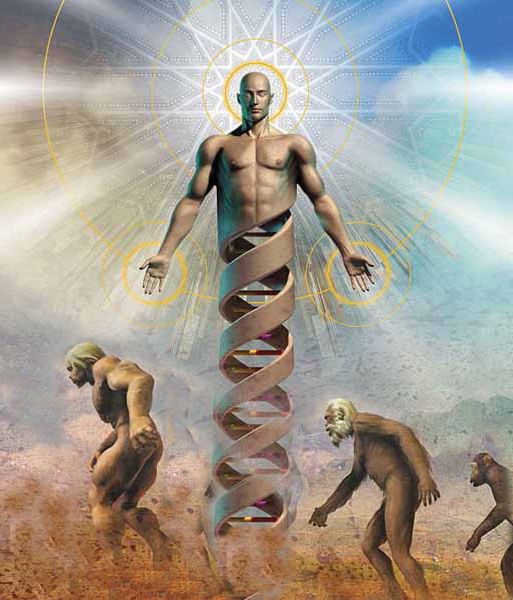
The extraterrestrial gods of genesis
In the Sumerian poem known as Genesis 1, we are told: “In the beginning God created the heaven and the earth. And the earth was without form, and void; and darkness was upon the face of the deep. And the Spirit of God moved upon the face of the waters.”
Genesis 1 is a story about life. If there is a “god” and if all things come from “god” then what might be the “spirit of god” if not life? And if god is life, and all things come from god, including other planets, then the spirit of god must have hovered over all of creation—meaning: Life is everywhere, throughout the cosmos.